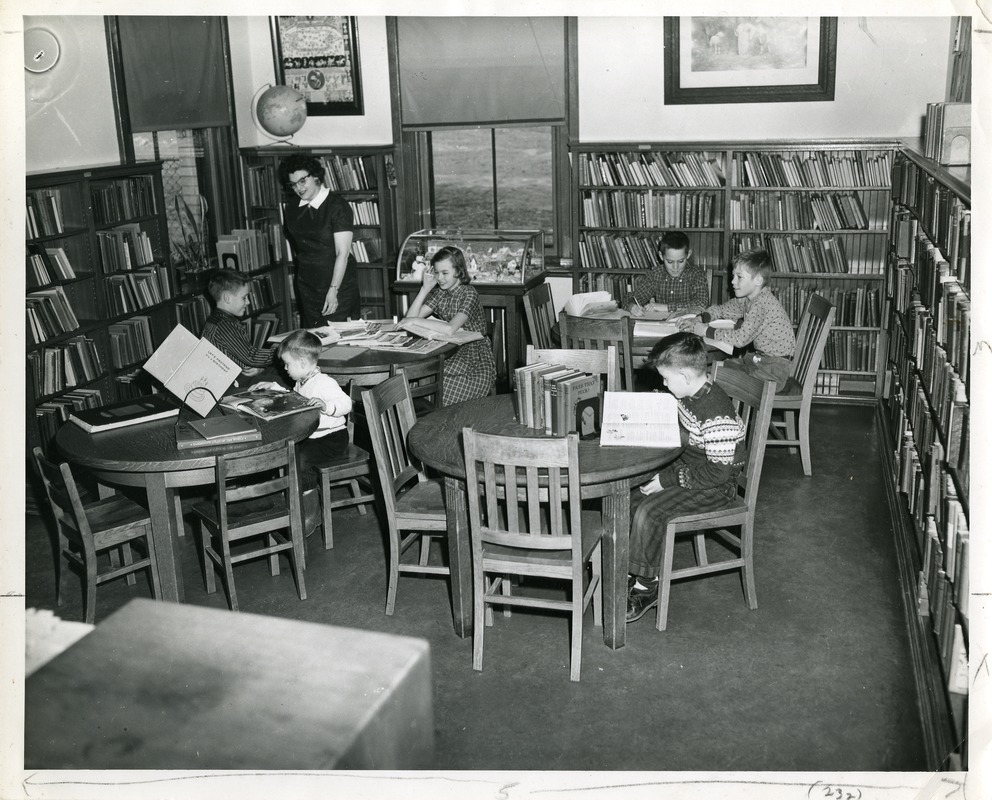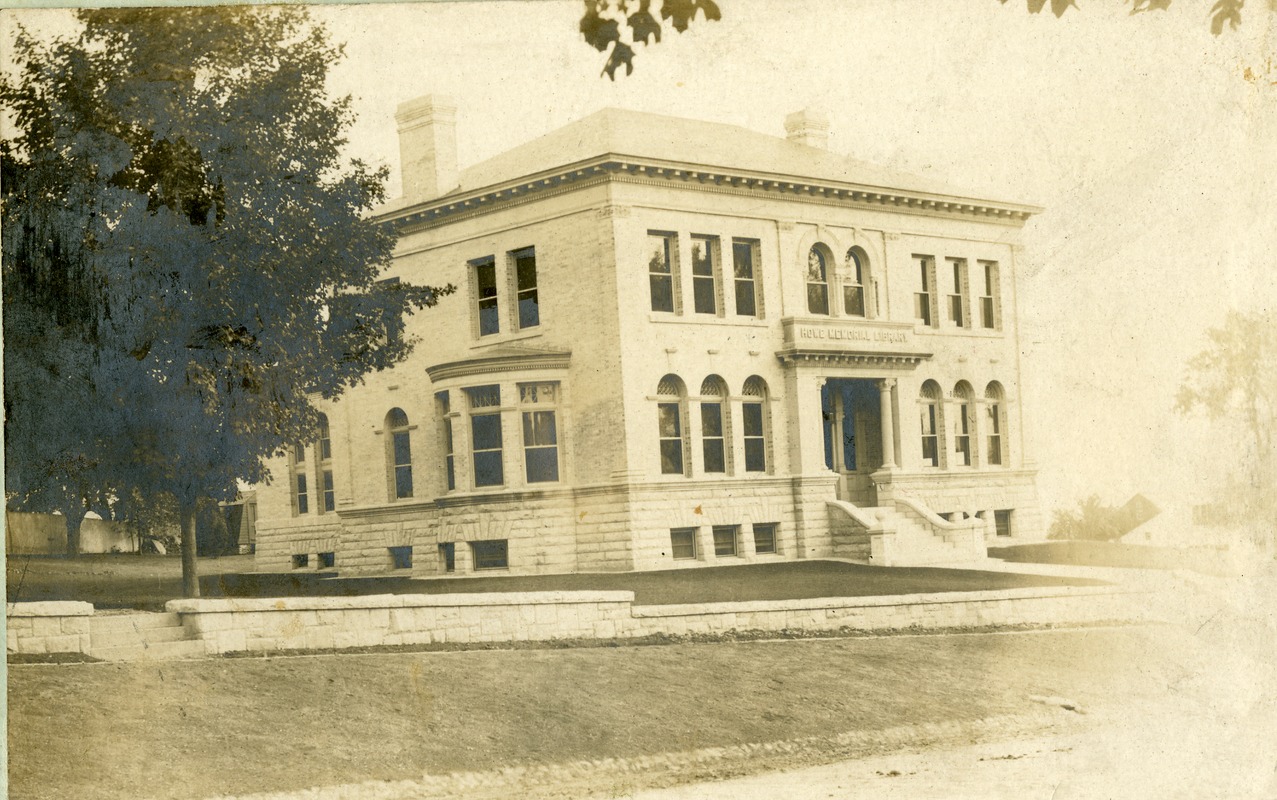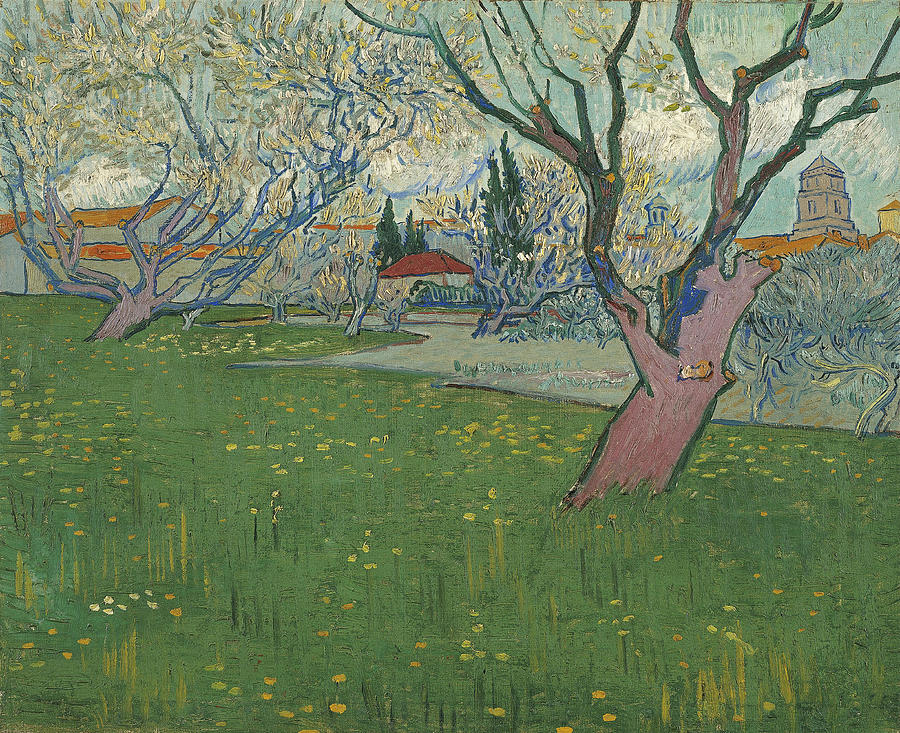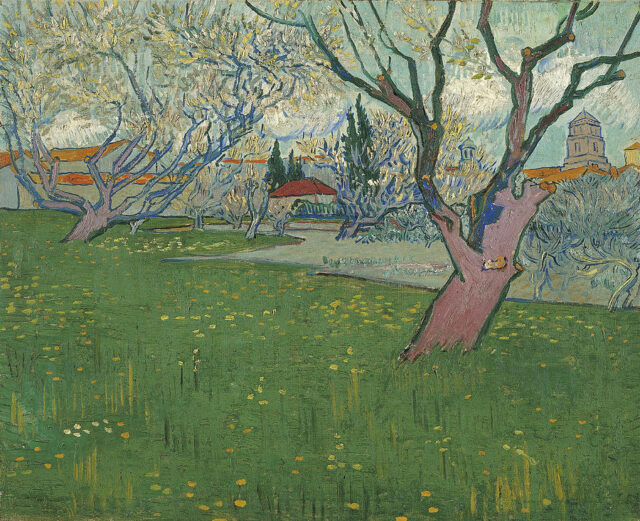My research so far has consisted of rounding up books and scholarly articles for a literature review. I have been going to nearby libraries and sifting through the various sections that seem applicable to my research: Middle Eastern literature, religion, food, “foreign poetry.”
I have also been looking into the digital archives of university libraries, though online research is much more daunting and harder to navigate. I am a little behind where I want to be. Every time I think I’m done compiling my booklist, I find a new stream of content to look through, and this is especially exacerbated by the endless amount of information available online. It is perhaps because of these reasons that I have spent most of my time so far in libraries and bookstores, as opposed to scouring the net in the comfort of my home. There’s something about the physical act of sitting down in a small-town library with its rough carpet, parking lot views, and generalized stench of malaise that somehow makes me all the more impassioned to do my work.


Questions of place and site are at the core of my research, and this summer, I will track the history of the olive through place-based literary studies. Olive trees are one of the oldest cultivated trees in the world––being grown before the written language was invented. Throughout the years, olives have been considered elixirs for beauty and health, symbols for peace, and blessings of the plant kingdom. How has the geography of this fruit affected its literary symbolism? What role does the olive play in Middle Eastern folklore and poetics?
In thinking of the physicality of a site, whether it be a library floor or a Mediterranean olive farm, I wonder if environmental history impacts cultural output. I am reminded of the last stanza in “A Moment of Mourning” by Palestinian-Egyptian poet Donia el-Amal Ismail. Though the poem is somber, lamenting the violent loss of Palestinian land, the final lines utilize the olive as a natural symbol for the inevitability of change. The olive tree possesses the rare ability to sprout from stumps, and the upheaval on the streets is mirrored by the upheaval of the soil.
“More sad / more tired / more pale, more and more / more defeated, more and more and more / witnessing its death, that will never be beautiful / while an old OLIVE TREE insists on the change / and gambles on its FACT.”

